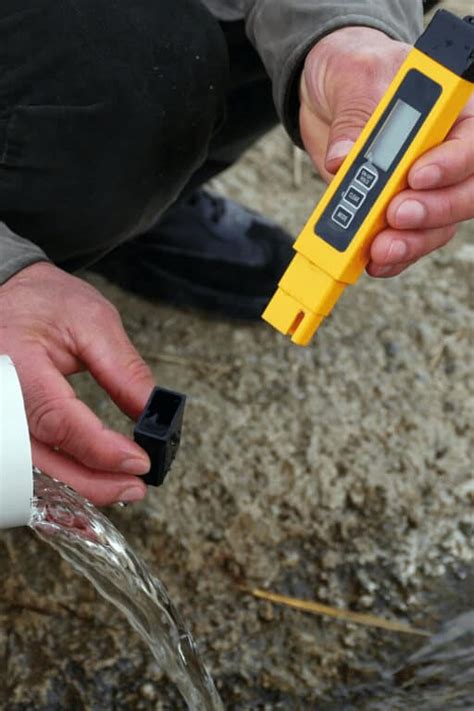How To Lower Ppm In Water
Ronan Farrow
Mar 25, 2025 · 3 min read

Table of Contents
How to Lower PPM in Water: A Comprehensive Guide
Having high PPM (parts per million) in your water can be problematic, affecting taste, potentially harming appliances, and even posing health concerns depending on the source of the contaminants. This comprehensive guide explores effective methods to lower PPM in your water, focusing on different scenarios and addressing the root causes. Understanding why your PPM is high is crucial before deciding on a solution.
Understanding PPM and its Sources
Before diving into solutions, let's understand what PPM signifies. PPM measures the total dissolved solids (TDS) in your water – essentially, all the minerals, salts, and other substances dissolved within it. High PPM can stem from several sources:
- Hard Water: High mineral content, primarily calcium and magnesium, is a common culprit. This isn't always harmful, but it can impact taste and appliance lifespan.
- Contaminants: Industrial runoff, agricultural chemicals, and decaying organic matter can significantly elevate PPM and introduce potentially harmful substances.
- Old Pipes: Corrosion from old pipes can leach metals like lead and copper into your water, increasing PPM and presenting health risks.
- Water Source: Naturally occurring minerals in your water source (well water, for example) can contribute to high PPM.
Effective Methods to Lower PPM in Water
The best approach depends on the source and severity of the high PPM. Here are several effective methods:
1. Reverse Osmosis (RO) System
Reverse osmosis is a highly effective method for reducing PPM. An RO system uses a semi-permeable membrane to filter out impurities, significantly lowering the TDS. This is ideal for addressing high PPM caused by a variety of contaminants. However, RO systems can be costly to purchase and maintain, and they produce wastewater.
2. Distillation
Distillation involves boiling water and collecting the condensed vapor. This process leaves behind most impurities, significantly reducing PPM. Distillation is effective but energy-intensive and slow. The resulting water may also lack some essential minerals.
3. Water Softener
If hard water is the primary issue, a water softener is a viable solution. These systems use ion exchange to replace hardness minerals (calcium and magnesium) with sodium, reducing the overall hardness and, consequently, PPM. However, this isn't suitable for everyone, especially those on sodium-restricted diets.
4. Activated Carbon Filtration
Activated carbon filters are effective in removing chlorine, chloramine, and some organic compounds, thus lowering PPM to a certain extent. While they don't tackle mineral content as effectively as RO or distillation, they're a more affordable and less energy-intensive option for improving water quality.
5. Sediment Filters
Sediment filters remove larger particles like sand, silt, and rust, which can contribute to high PPM. They improve water clarity and reduce the overall load on other filtration systems but won't significantly lower TDS on their own.
Choosing the Right Method
The optimal method for lowering PPM depends on your specific needs and circumstances:
- For high levels of contaminants and a comprehensive solution: Reverse Osmosis is generally the most effective.
- For hard water primarily: A water softener is suitable.
- For budget-conscious users needing basic improvement: Activated carbon filtration can be a good starting point.
- For removal of volatile compounds: Distillation is effective, but less practical for everyday use.
Remember to always test your water regularly to monitor PPM levels and ensure the chosen method is effective. Consider consulting a water treatment professional for personalized advice and system selection. They can help identify the cause of high PPM and recommend the most appropriate solution for your situation.
Featured Posts
Also read the following articles
| Article Title | Date |
|---|---|
| How To Pull A Shallow Well Pipe | Mar 25, 2025 |
| How To Prove Strangulation In Court | Mar 25, 2025 |
| How To Keep Coffee Warm In A French Press | Mar 25, 2025 |
| How To Install Super Safety | Mar 25, 2025 |
| How To Make Wool Felt Balls | Mar 25, 2025 |
Latest Posts
Thank you for visiting our website which covers about How To Lower Ppm In Water . We hope the information provided has been useful to you. Feel free to contact us if you have any questions or need further assistance. See you next time and don't miss to bookmark.
